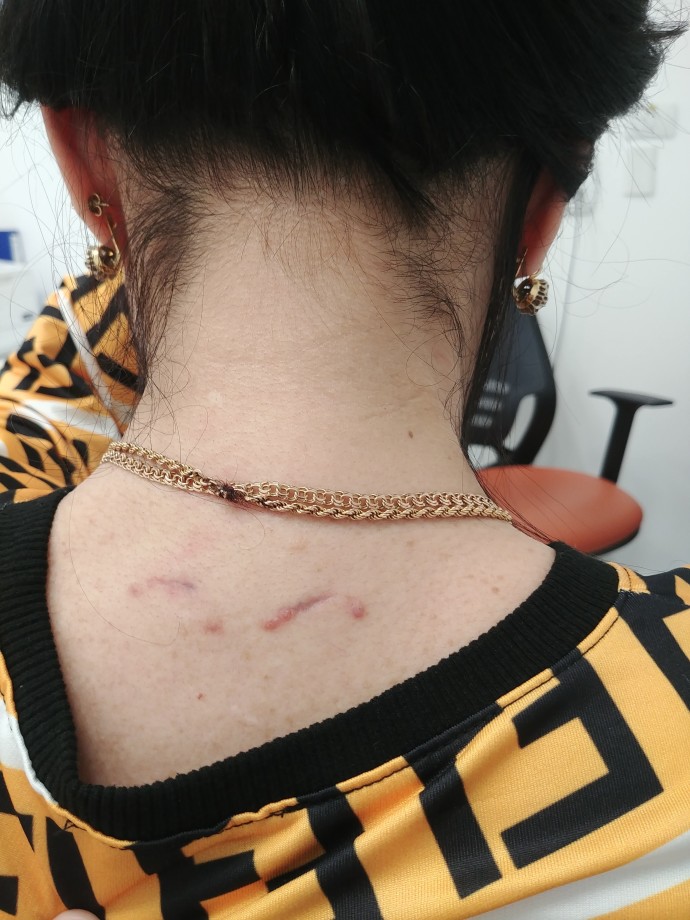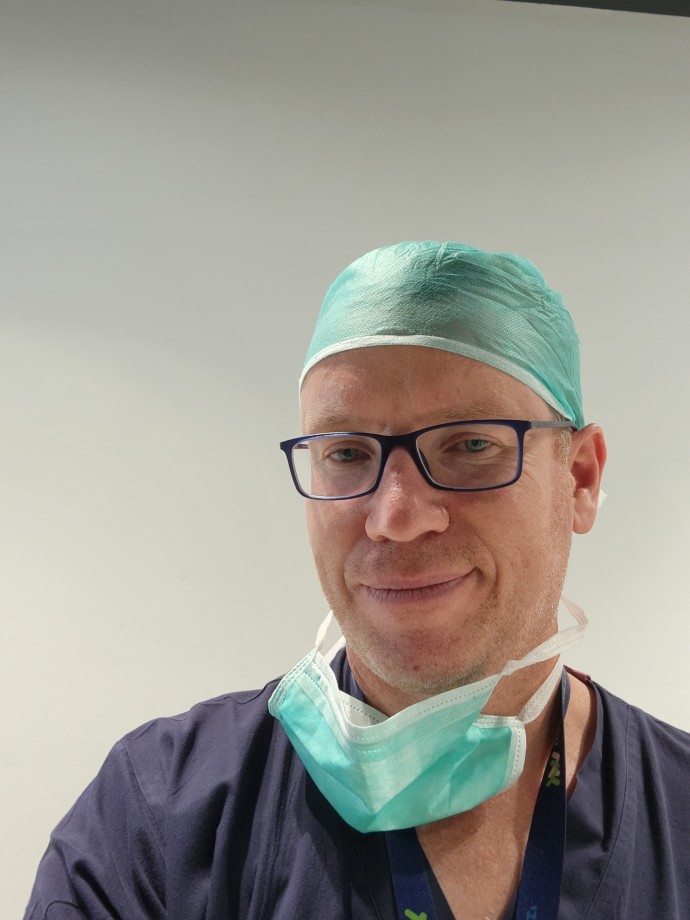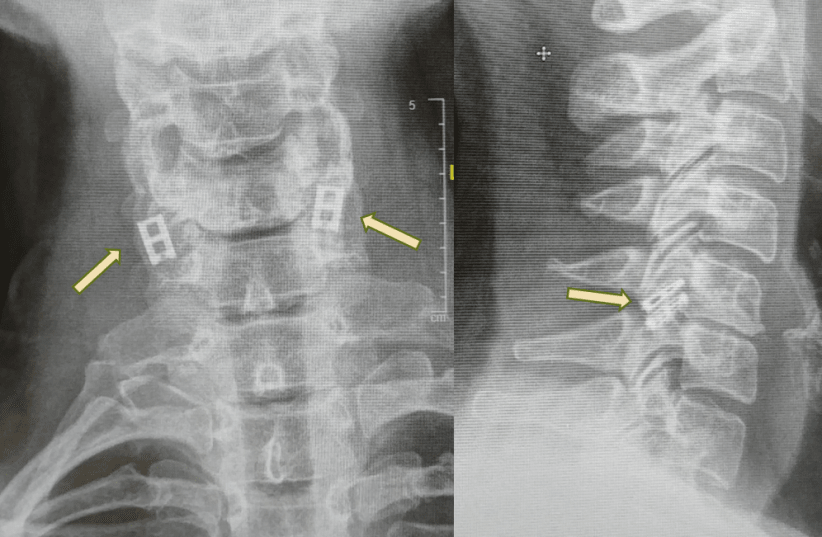Samson Assuta Ashdod University Hospital has paved the way for bringing minimally invasive spinal surgery to the masses, according to Dr. Ronen Blecher, a senior surgeon in the Spine Unit of Assuta’s Orthopedic Department.
Earlier this year, Blecher used the DTRAX Spinal System to treat a set of symptoms known as “radiculopathy” produced by the pinching of a nerve root in the spinal column.
DTRAX describes itself as a set of single-use surgical implants that aids in a minimally-invasive approach to cervical spinal decompression and stabilization.


The instruments are smaller than one centimeter in diameter and are inserted in the joints created by two adjoining vertebrae, helping to create more space for the pinched or irritated nerve. This is as opposed to conducting a full decompression or fusion surgery, both which come with potentially heavy and long-term side effects.
Until the procedure was used at Assuta, it had only been used by private doctors in Israel.
“Most surgeons prefer to do the open procedures, which are considered more traditional and which have a more anticipative result,” Blecher said. “The open procedures that are more invasive have been used for a few decades, whereas the minimally invasive procedures have only been around for 10 to 15 years.”
Substantial and rapid
Blecher is an orthopedic surgeon. He received his medical degree from the Technion Israel Institute of Technology and carried out his residency at Shamir Medical Center in Be’er Yaakov. Then he took a fellowship in Seattle, after which he returned to Israel to work at Assuta two years ago.
He said many patients come in to his department with numbness or tingling in their hands that they believe radiates from their neck. While sometimes it can be the result of nerve inflammation or irritation in the hand itself, such as with carpal tunnel syndrome, it can also be the result of a herniated disk.
Blecher said he and his team always start by trying to manage the pain with injections, acupuncture or medication before recommending surgery. But if those more conservative methods don’t work, surgery is usually the only answer.
Until now, there were two types of surgeries available: Decompression and fusion.
Decompression is when the surgeon enters from the front or back of the neck and conducts a surgery that ultimately eases up the compression on the nerves. Fusion is when the doctor adds screws, plates or any other hardware with or without bone to eliminate motion.


The DTRAX system, in contrast, is based on very small incisions performed in the back of the neck under intraoperative X-ray. Two cuts, no more than one-centimeter in length, are made and tiny implants are inserted between the joints of the adjacent vertebrae – like a spacer.
“We are not treating the disk herniation directly,” Blecher said. “The aim of this procedure is to achieve indirect decompression. When we open up the segment, we achieve decompression because the nerve that was pinched is being decompressed.”
The more invasive surgeries can have several side effects, he said, such as leading to swallowing issues and infection or, in the case of fusion, the hardware results in losing some range of motion. For younger patients, particularly, there is a risk of the latter developing an adjacent level of wear and tear in the spine above or below the point of fusion.
In contrast, with DTRAX, if the procedure goes well, the patient should feel better or feel substantial improvement in tingling and numbness right after surgery.
“The effect is pretty substantial and pretty rapid,” Blecher said.
It also reduces muscle and soft tissue trauma, scarring and patient recovery time.
“Patients can go home the same day, even a few hours after surgery,” Blecher stressed, “compared to after fusion surgery a patient will spend two or three days in the hospital.”
“I do see that it will become more popular,” he continued. “We see a lot of demands from patients to offer less invasive procedures.”
